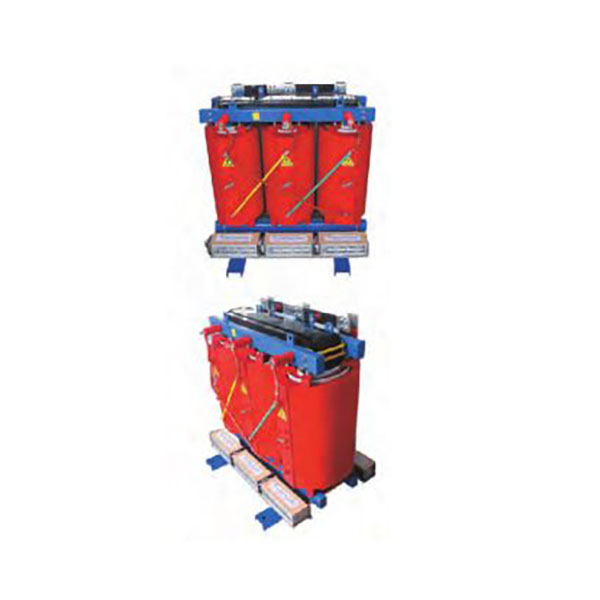U.S. Government Accountability Office
Large power transformers help to efficiently transmit electricity across the grid. These critical grid components are vulnerable to wear and tear, natural disasters, and cyber and physical attacks. Replacing them is expensive and takes a long time. Transformer Box

The Department of Energy intends to improve grid resilience by supporting the electricity industry as it works to ensure adequate reserves of spare transformers. DOE has identified ways to help—such as addressing supply chain challenges and encouraging smaller utilities to participate in industry efforts to share transformers.
We recommended that DOE develop plans to put these ideas into action.
Example of a Large Power Transformer
Electric utilities and the Department of Energy (DOE) face several challenges to ensuring that large power transformers (LPT)—both in use and in reserve—are available in adequate numbers to maintain a resilient electricity grid. Utilities identified supply chain constraints as the most pressing challenge, including long (and increasing) manufacturing lead times, limited manufacturing capacity, and labor and material shortages. Moreover, the costs of purchasing and transporting LPTs prevents some utilities from keeping spares. For example, utilities reported that LPTs can cost as high as $10 million to purchase and hundreds of thousands of dollars to move. Furthermore, federal and industry stakeholders stated that establishing a federally owned inventory of transformers would face additional challenges (such as lack of standardization) and could aggravate existing supply chain constraints.
Example of a Large Power Transformer at a Substation
DOE has identified options for addressing the supply chain challenges that affect utilities' ability to ensure adequate reserves but has not developed plans that specify how to implement these options. For example, in 2022, DOE issued a report and gathered information from industry on how the Defense Production Act could be used to expand domestic transformer manufacturing capacity. However, DOE officials have not identified actionable objectives, or time frames, for these efforts. Furthermore, a 2017 DOE report recommended supporting industry sharing efforts to ensure adequate reserves by encouraging the participation of smaller, resource-constrained utilities in such efforts. However, DOE does not have a plan for operationalizing such support. Without plans to guide DOE's efforts to address supply chain challenges and to facilitate solutions to ensure adequate reserves, these efforts could stall or remain incomplete, leaving critical grid infrastructure vulnerable.
Robust electricity grid infrastructure is critical to the nation's economic, energy, and national security. Transformers serve a critical function on the electricity grid, managing voltage for efficient power transmission and distribution. Transformers are a source of grid vulnerability, susceptible to natural disasters and cyber and physical threats. Federal agencies such as DOE play an advisory, coordinating, and research role in the effort to ensure adequate transformer reserves.
Congress included a provision in statute for GAO to review issues related to certain disasters. This report examines (1) challenges to ensuring adequate transformer reserves and (2) the extent to which federal and industry stakeholders have taken steps to ensure adequate transformer reserves. For this report, GAO examined agency and industry actions; reviewed relevant reports, policies, and documents; and interviewed federal and industry officials.
GAO is making two recommendations to DOE to establish plans, including time frames, for (1) developing solutions and support for addressing transformer supply chain challenges and (2) guiding its support for utilities and facilitating greater participation in industry sharing efforts. DOE partially concurred with these recommendations.

Outdoor Transformer Box Stay informed as we add new reports & testimonies.